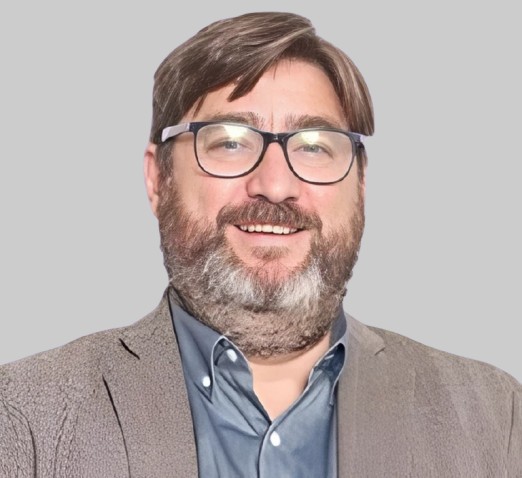Prof. Daniel Granados Ruíz
Daniel Granados obtained his BSc (2001) and MSc (2002) in Physics from the Universidad Autónoma de Madrid (Spain). He then joined the Molecular Beam Epitaxy group at the Instituto de Microelectrónica de Madrid-CSIC (Spain), where he obtained his PhD in 2006 under the supervision of Prof. J.M. García. In 2005 he was visiting scientist at the Nano-Optics group of Prof. Richard J. Warburton at Heriot-Watt University, Edinburgh (UK). He then joined (2006) the Quantum Information Group of Prof. Andrew J. Shields at Toshiba Research Europe Ltd, Cambridge (UK) as research scientist. During this time he was also visiting scientist and collaborator of the Semiconductor Physics Group, headed by Prof. David Ritchie, at the Cavendish Laboratory, Cambridge (UK).
In September 2009 he joined IMDEA Nanoscience as tenure-track scientist and as main supervisor of the construction and start-up of the Centre of Nanofabrication. In 2014 he obtained a Ramón y Cajal fellow- ship and was tenured and promoted to Senior Researcher and Director of the Centre of Nanofabrication. Since December 2015 he is also Executive Director of Scientific Infrastructure.
Research Lines
The information society is experiencing a global challenge, with the amount of information to be stored, transmitted or processed growing continuously every year. Quantum technologies are expected to become crucial to address this challenge, with the second quantum revolution blasting off. The Quantum nano-Devices Group (QnDG) was created in 2015 with the purpose of contributing to this revolution. It focuses on micro and nanofabrication of electronic and photonic hybrid devices for quantum information technologies. A solid-state approach is fostered towards the realization of single photon emitters (SPEs), cavity quantum electrodynamics (CQED), single photon detectors (SPDs), random number generators (RNDs) and physically unclonable functions (PUFs). The Quantum Nano Devices Group also collaborates tightly with the Centre of Astrobiology (CAB-INTA-CSIC) in the development of Kinetic Inductance Superconducting Detectors (KIDs) for space exploration. KIDs are expected to become the next generation technologies for the forthcoming missions in the GHz to THz bands. Recently (2018) we have also started working together on the development of hybrid superconducting devices for quantum technologies mixing traditional superconductors with low dimensional quantum confined materials. The group as a long tradition on the development of novel micro and nanofabrication techniques, with emphasis on the tailoring and engineering of low dimensional material via direct nano-patterning methods.





